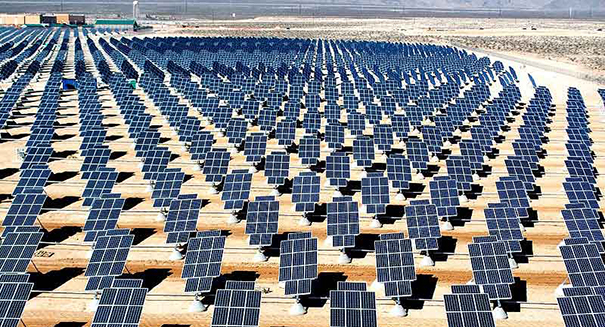
Carbon nanotube technology turns heat into an asset when it comes to efficiency
Solar panels, first created and used in space in 1958, are great as a “clean” way of creating electricity, save for one flaw: They’re inefficient, only converting sunlight to electricity at a maximum rate of about 22%. Scientists at MIT are hoping to change that by using carbon nanotubes, theoretically improving their efficiency to over 80%.
The issue lies with the construction of the cells and panels themselves. Standard polysilicon photovoltaic cells don’t “respond” to the entire spectrum of sunlight, which limits the amount of photons they’re able to convert into electricity. What the nanotubes aim to do is use other parts of the spectrum to create heat which, when combined with photonic crystals, causes the chambers to glow, creating light that can be converted to electricity by the photovoltaic cells.
In their experiments, the researchers used simulated sunlight, and found that its peak efficiency came when its intensity was equivalent to a focusing system that concentrates sunlight by a factor of 750. This light heated the absorber-emitter to a temperature of 962 degrees Celsius. First testing a one centimeter chip, the team hopes to scale up to a chip ten times that size. As the size increases, surface area decreases relative to volume, resulting in improved heat retention and even greater conversion efficiency.
The results of the research promise to make solar panels not only more efficient, but also smaller and with increased real-world applications. Since less material would be needed to create a given amount of energy, costs might also decrease.
“Instead of having your whole roof be a photovoltaic cell, you could have little spots that were tiny photovoltaic cells, with antennas that would drive photons into them,” says Michael Strano, the Charles and Hilda Roddey Associate Professor of Chemical Engineering and leader of the research team.
Leave a Reply